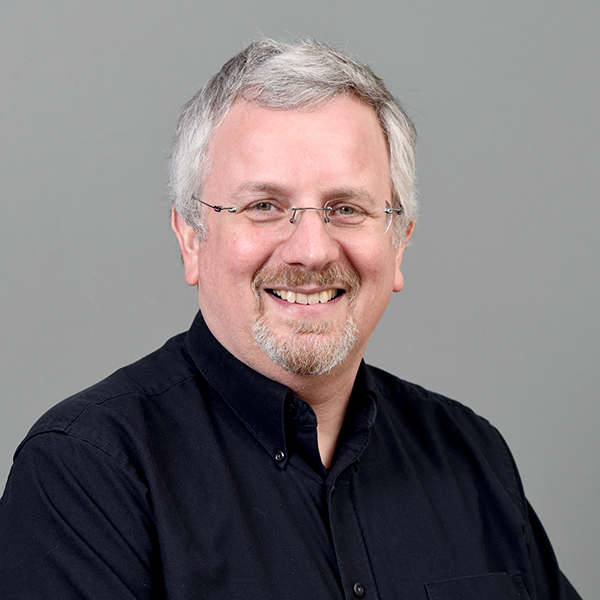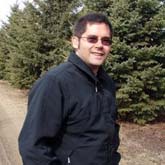Summary
The project proposes to obtain high-resolution trace metal geochemical profiles from organic-rich sedimentary rocks to examine the evolution of climate and biospheric oxygenation in the Late Archean to Middle Proterozoic. The connections between climate and oxygenation are manifold. Oxygen levels in the deep sea are affected by the rate at which organic carbon is exported from productive surface waters, and hence ultimately from atmospheric CO2. In turn, enhanced burial of organic carbon in marine sediments can increase the O2 content of the atmosphere, with climatic consequences on an Archean Earth dependent on CH4 as a greenhouse gas. Oxygen levels also affect the ocean concentrations of trace nutrients such as Fe and Mo, potentially altering the vigor of marine surface biota and the efficiency of surface-to-deep carbon pumping. Earlier work by the Pis discovered traces of oxygenic photosynthesis and surface ocean oxygenation at least 50-100 M.y. before the first major rise of atmospheric O2 (2.45-2.32 Ga Great Oxidation Event; GOE). Their chemostratigraphic approach revealed an otherwise unrecognized history of biospheric oxygenation that is more complex than previously realized. Therefore, detailed investigation of this history allows them to test fundamental concepts that relate O2, carbon, micronutrients and climate. For example, can the same basic concepts developed to explain Holocene climate and carbon cycling explain conditions in the Archean and Proterozoic? The Pis propose to refine the timeline of biospheric oxygenation by developing an extensive compilation of trace metal concentrations for Late Archean to Middle Proterozoic rocks emphasizing key intervals straddling the GOE: the 2.7 Ga Joy Lake Sequence (Minnesota, U.S.A.), the 2.3 Ga Rooihoogte and Timeball Hill Formations (South Africa), and the 1.8-1.7 Ga Chuanlinggou Formation (North China). Trace metal geochemical profiles, when combined with sedimentary Fe geochemistry, can constrain the nature of local sedimentary conditions (e.g., bottom water redox state and basin restriction). Bottom water Mo concentrations in ancient oceans can be estimated by comparing Mo/TOC of these rock samples with sediment Mo/TOC and seawater concentrations in modern anoxic basins. For other trace metals whose marine geochemistry is less well understood, broad differences in metal marine budgets between time intervals can be made by comparison with Mo. The Mo isotope paleoredox proxy will be used to procure independent constraints on the extent of regional/global water column euxinia and assess the impact on trace metal abundances in seawater. Re-Os geochronology may provide precise depositional ages.
The project will address four main questions:
1. How long is the time lag between the development of pervasive surface ocean oxygenation (and by inference oxygenic photosynthesis) and the GOE?
2. What is the response of early Paleoproterozoic metal marine budgets to the GOE?
3. Do metal marine budgets show temporal trends in the Middle Proterozoic related to increasing biospheric O2 and/or expansion of ocean euxinia?
4. What implications do such trends have for climate during the early Earth and how was microbial and eukaryotic ecology and evolution affected?
This project promotes the early career development of Co-PI Kendall. Additionally, as a component of their project activities, the Pis plan to establish a pilot project that will provide laboratory research experience for Arizona State University (ASU) undergraduates with physical disabilities (i.e., vision, hearing, speech, or motor impairments). The ultimate goal of the pilot is to increase access to science laboratories for postsecondary students with disabilities. It will also leverage the experiences of Kendall as a successful young laboratory scientist with severe hearing and mild speech impairments. Specific programs will be crafted for each student in collaboration with the ASU Disability Resource Center (DRC). The DRC will provide classroom aids and assistive technologies to facilitate direct student participation in laboratory research activities, including sample preparation, analysis, data reduction, and preparation of undergraduate theses.



 Ariel Anbar
Ariel Anbar
 Brian Kendall
Brian Kendall